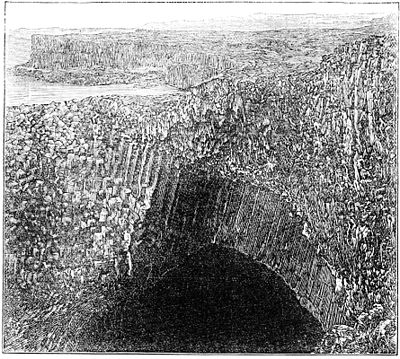
Fig. 2.—West Side of Staffa, 1463. G. W. W. Showing Arched Entrance to Cormorant's Cave.
no shingle. The prismatic blocks are refractory. If a wave struck with sufficient force to dislodge the drums, or if, undermining the tuff, it strewed the beach with hexagonal or pentagonal blocks, these smooth stones, with polished sides, buried in the finer material, would offer very great resistance to any further waste of the cliff. Although a channel of 18 feet at mean low water approaches and enters the cave, there is no ledge over which the material could have been carried. The sharp conchoidal fracture would not serve the purpose of such crystalline rocks as quartz or granite, and furnish the fluid wave with a serrated edge.
The cave is not formed in what would naturally be considered the cliff; least of all in its weakest place. After examining the Admiralty Chart, "the reader will, no doubt, pass with pleasure to the rich description by Dr. MacCulloch." That author, however, says that the whole of Fingal's Cave seemed like a ship heaving in a sea-way, and therefore his survey may be considered less trustworthy than that of Commanders Bedford and Creyke (Admiralty Chart, 1857). It seems incorrect to say, "The caves are so numerous that they may be said to perforate at brief intervals the whole face of the island; but those which
